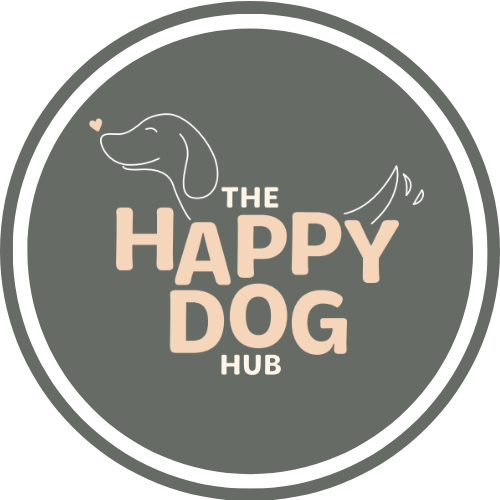Dog Grooming – What to expect
What to expect with our professional grooming service
A professional grooming session consists of a brush to remove mats before the bath, a wash and dry then trim or clip.
Goals of Grooming
There are a number of benefits in having your pet groomed on a regular basis
Reduced shedding
Reduced matted hair
Prevent soiling
Prevent the collection of debris e.g. dirt, grass seeds
Help the pet regular its body temperature.
The Grooming Service
At the Happy Dog Hub we offer a full-service professional grooming experience for dogs. As well as the standard grooming service, which involves a brush, bath and trim or clip, we offer ear cleans, nail trims and anal gland expression when requested. For these additional services please be sure to notify our friendly team – additional charges may apply. We use professional tools including scissors, electric razors and shampoos to reduce skin irritation.
Coat Length
The coat length following a clip can vary depending on your preference and the breed. The remaining coat length is dependent on the clipper blade number. Most blades generally fit these approximate coat length guides. Please use this table as a guide only and check with your professional groomer if unsure.
Blade sizes commonly used:
Sanitary and Sterile: 10
Feed and Pats: 15
Inside ears and tummy: 10
Teddy Bear: 4
Types of Grooming Techniques
There are many types of clipping techniques with varying different names. We have summarised some popular clipping techniques below.
Sanitary Trim
Otherwise known as the sanitary cut, sanitary clip or hygiene cut, this clip consists of a close clip around the bottom and belly area. The ‘mini’ version may only include a clip around the bottom and genital area where a ‘regular’ will include the bottom, genital area, inner thigh and hock area, belly, chest and underarms.
Belly Shave
The belly shave consists of a close clip on the belly, between the ear legs, beneath the tail and around the bottom.
Brush Out
A great way to keep your pet’s fur fresh and smelling nice. It does not involve a clip but is the combing to free the coat of mats and often finished with a conditioning spray. It is a great way to reduce shedding.
Comb Cut or Teddy Bear Cut
With this cut, the coat is kept longer than a lion trim but shorter than the brush out. It is often described as the ‘teddy bear’ look. It is one of the most basic cuts with the coat no shorter than 13mm (1/2”) in length. It is a great way to keep the pet clean without looking naked.
Schnauzer Cut
This clip consists of the hair on the legs to be left long with the back and side cut very short. A light fridge of hair is left on the lower sides of the dog’s body and a moustache cut around the dog’s face. This is a good choice for large and small breed dogs and not just Schnauzers as the clip name suggests.
Practical Top-Knot
This technique involves the gathering of the top head hair with a band or clip to make a ponytail. The rest of the body is then clipped to the desired length. Longhaired dogs such as a Lhasa Apso, Maltese & Shih-Tzu benefit from this.
Frequently Asked Questions
How often should my pet be groomed?
The frequency of the groom depends on the breed, hair length, type of coat. It’s important to get your pet used to being brushed at home from a young age. Brushing your dog should happen every week or at least every 1-2 weeks.
How short should my pet be clipped in summer?
A shorter haircut does not necessarily make hot weather more intolerable. In fact, it’s best to keep the hair of some length during summer to help pets regulate their body temperature. Shorter haircuts also put your pet at risk of sunburn in summer and at risk of hypothermia in winter.
